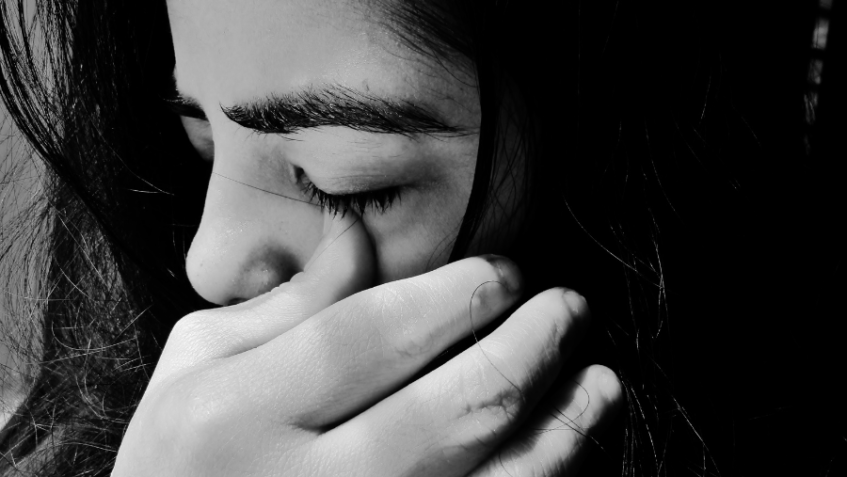A new study finds higher rates of suicidal behaviors among youth that used marijuana in the past-year compared to youth that did not. This study analyzed the relationship between self-reported marijuana use frequency in the past-year and suicide ideation, plan, and attempt among youth ages 12 to 17 using the National Surveys on Drug Use and Health (NSDUH) data from 2015 to 2019. Marijuana use frequency in the past-year was characterized as no use, non-weekly use, and weekly-plus use.
The rates for all suicidal behaviors increased as the frequency of marijuana use increased. For example,
• Compared to youth with no marijuana use (51.1%), youth with non-weekly (61.5%) and weekly (64.5%) marijuana use had higher rates of any suicide ideation.
• Compared to youth with no marijuana use (46.4%), youth with non-weekly use (58.2%) and weekly (59%) marijuana use had higher rates of any suicide plan.
• Compared to youth with no marijuana use (30.4%), youth with non-weekly (42%) and weekly (47.3%) marijuana use had higher rates of any suicide attempt.
• Compared to youth with no marijuana use disorder (53.1%), youth with a marijuana use disorder had higher rates of any suicide ideation (62.4%), any suicide plan (58.3%), and any suicide attempt (43.8%).
These rates remained significantly elevated for both females and males and also among Latinx, Black, and White youth. While you can’t infer a causal relationship from this study, this research adds to the growing literature linking marijuana use to adverse effects on mental health. With the current mental health crisis occurring among our nation’s youth, urgent efforts are needed to prevent marijuana use in this vulnerable age group.
Retrieve the full study here.
References:
Flores, M. W., Granados, S., & Cook, B. (2023). US trends in the association of suicide ideation/behaviors with marijuana use among adolescents ages 12 -17 and differenced by gender and race/ethnicity. Frontiers in Psychiatry, 13. https://doi.org/10.3389/fpsyt.2022.1057784




